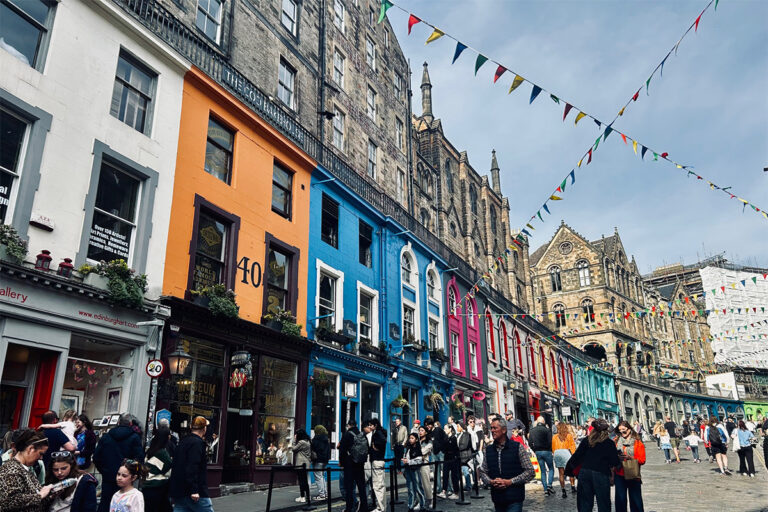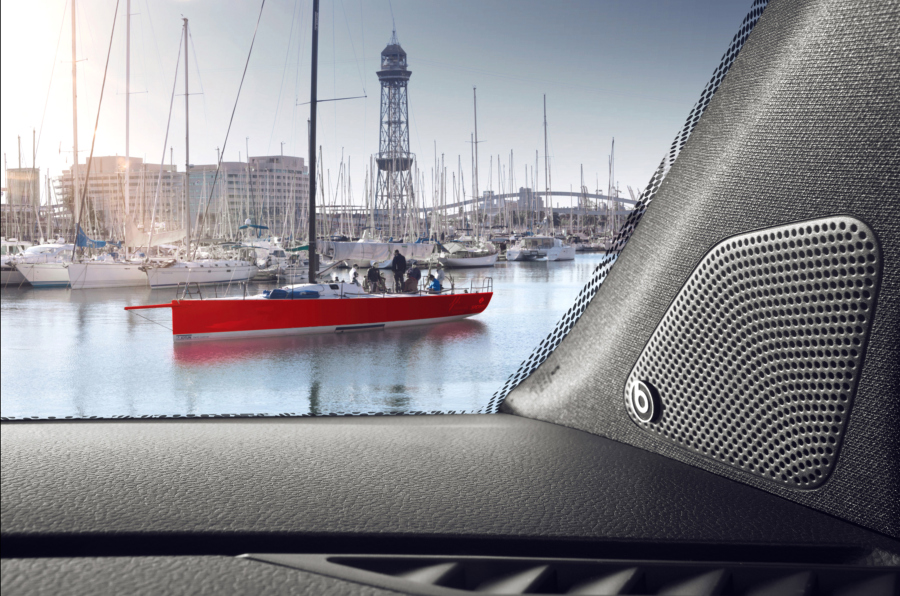
Empowered by on-demand transport services, urbanites will be able to jump into a low-carbon car or bus as and when they need it, simply by booking a shared ride on their smartphone. The gridlock, chaos and pollution of today’s roads will disappear, and living and working in a city will become a stress-free pleasure again.
Barcelona is not the only city in the world where researchers are working hard to make this vision a reality. However, the Catalan capital enjoys a significant head start in the race, benefiting from a cosmopolitan culture of design and innovation, a supportive local government and the presence of Europe’s leading automaker in the connected car space, SEAT.
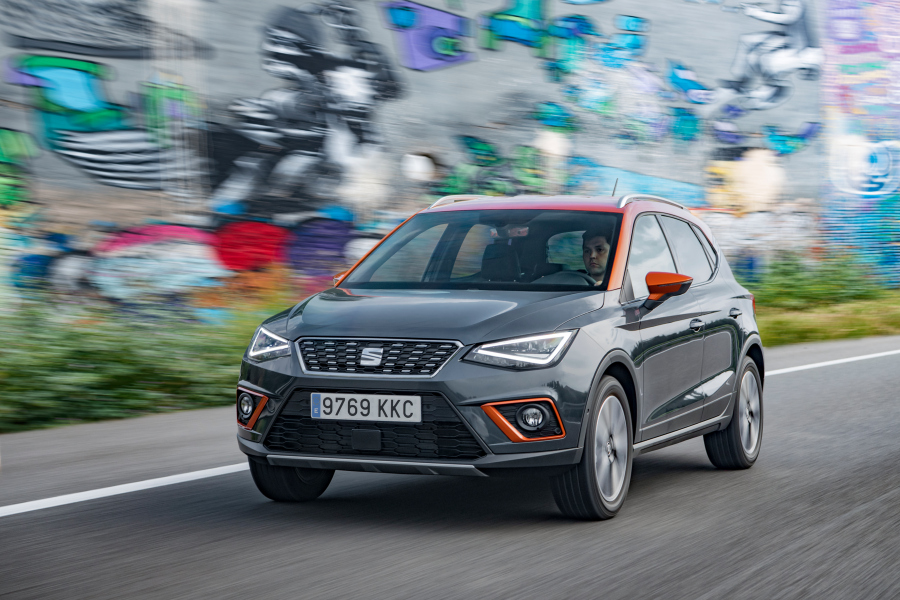
“Barcelona is the best place to focus on connectivity and urban mobility,” says Fabian Simmer, SEAT’s digital officer. “It is very easy to attract digital talent to come and work here and it is straightforward to test new connected car technologies on the city streets.”
SEAT is already a recognized pioneer in integrating popular smartphone apps into cars, letting drivers and passengers enjoy today’s always-connected lifestyle even while on the roads. Technology stalwarts such as Google, Amazon and Shazam have been falling over themselves to work with the company, which has the youngest, most tech-savvy customer base in Europe.

Simmer says that SEAT is always on the lookout for new ways to enhance the experience of being in a car: one of its most recent partnerships is with Noveto, an Israeli start-up which has developed technology that sends personalized audio content directly to the ears of each individual passenger.

“We want to make Barcelona the connected car capital of the world.”
Luca de Meo, President, SEAT
SEAT is now building on its leadership in connectivity to develop new solutions for urban mobility, especially ride-sharing services for commuters. In the carmaker’s Metropolis:Lab in Barcelona, SEAT is working alongside start-ups on a series of ride-sharing apps for journeys by both car and bus.
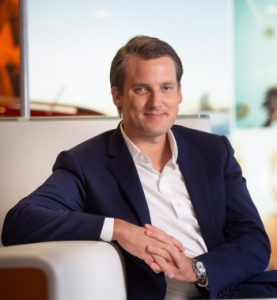
“We think people should share cars if they live in the same vicinity and work at the same place,” Simmer says. “Bus routes could also become more flexible, depending on the time of day and the demand for their services.”
SEAT is leading by example and has set up internal car sharing services for its own employees and for employees of its start-up partners.
Earlier this year, the company acquired Madrid-based car-sharing specialist Respiro and established a new division for mobility services, XMOBA.
The new unit is now developing a portal that enables people to pay for fuel, parking tickets and road tolls, all from their smartphone.
“The future is CASE: Connected, Autonomous, Shared and Electric.”
Fabian Simmer, Digital Officer, SEAT
Designed as a one-stop-shop, the portal will be open for third parties to offer their own mobility services. Working with outside partners is a critical part of SEAT’s vision for future mobility, Simmer explains.
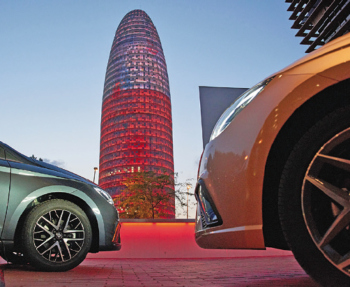
On the infrastructure side, SEAT has teamed up with telecoms giant Telefonica to test super-fast 5G mobile communications in vehicles on Spanish city streets.
Meanwhile, SEAT’s digital division has adopted an open, no-walls culture straight out of Silicon Valley, with young specialists continuously bouncing ideas off each other.
“Even visitors from tech companies are impressed with the atmosphere here,” Simmer says. “We have completely rethought the way that we develop new products and services. It is the key to our success”![]()
As published in TIME magazine








